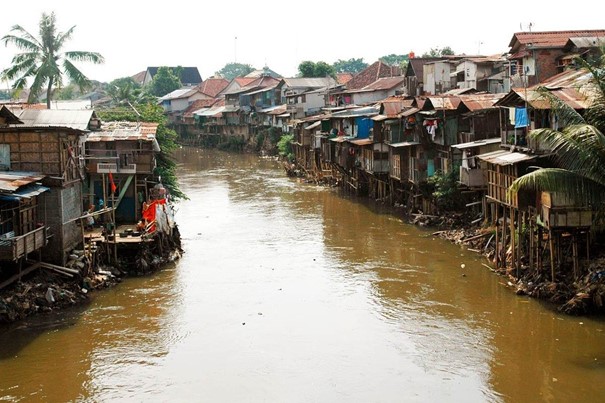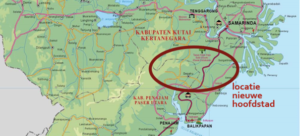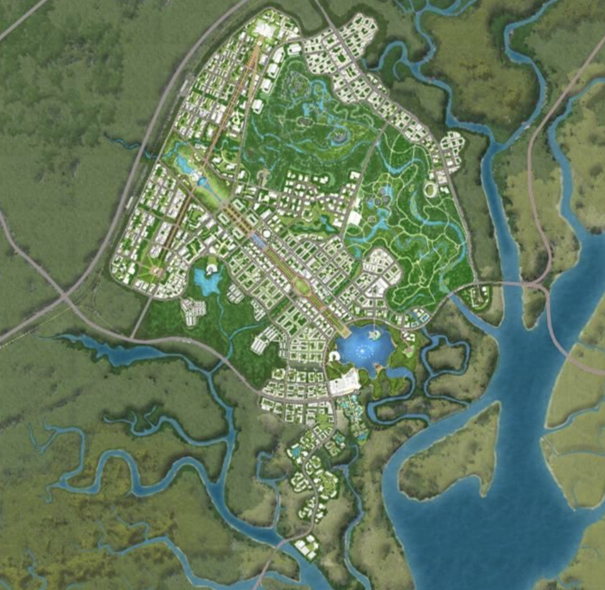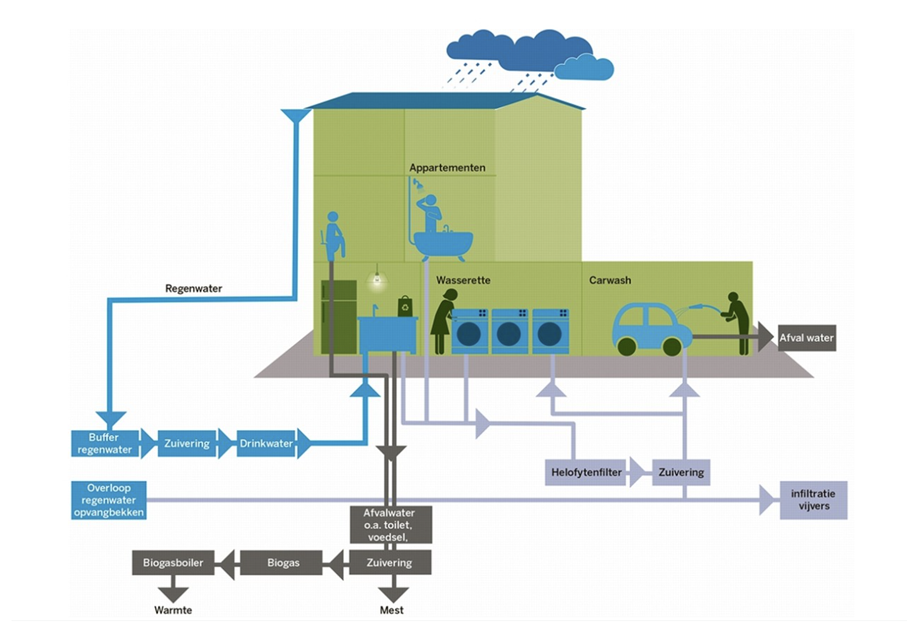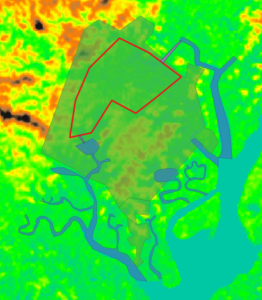Issues
Jakarta, the capital of Indonesia, faces many problems in the water sector. Floods and scarcity of clean drinking water is something that most residents in Jakarta have experienced several times.
Today there are 10 million residents in Jakarta, all of whom yearn for healthy living conditions. During the rainy season, the city is unable to collect and drain excess rainwater, so the excess rainwater ends up on the streets. Climate changes will ensure that extreme weather conditions, heavy rainfall and thus flooding will occur more often if no measures are taken in the city of Jakarta.
A shortage of clean water for both drinking water and industrial use causes residents to withdraw groundwater. The subsoil of Jakarta consists mainly of clay, so when groundwater is extracted the ground will gradually sink.
Research by Delataris shows that Jakarta is sinking by twenty centimeters per year. This above-proportional subsidence in combination with rising sea levels makes Jakarta more vulnerable to flooding.
In conclusion, the city of Jakarta can no longer be saved and its residents have to move.
The government of Indonesia has decided to move Jakarta to the island of Borneo north of the city of Jakarta, the new city will be called Nusantara. Nusantara will become the new political capital of Indonesia.
The new city of Nusantara will offer many opportunities regarding; quality of life and for the economic growth of Indonesia. To take advantage of these opportunities and ensure that Nusantara does not suffer the same fate as Jakarta, measures will have to be taken.
